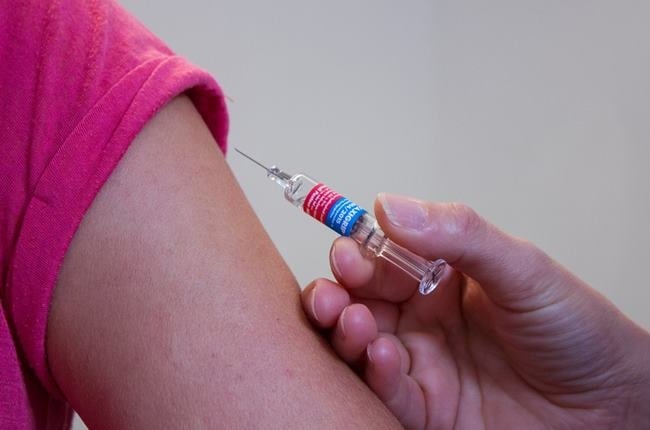
- High blood sugar levels in Covid-19 patients are a major red flag, even if they don’t have diabetes.
- A large Spanish study found this to be especially true when levels are high upon admission to hospital.
- Hyperglycaemia should be actively monitored and treated in Covid-19 patients to reduce mortality rates.
The deadly impact of Covid-19 on diabetic patients has been well-established during the coronavirus pandemic, but more research is showing that high blood sugar can be fatal, even if you don’t suffer from diabetes.
Earlier research in July first revealed this sinister complication in coronavirus patients, and the latest study from Spain is the largest to date, using data from more than 11 000 patients.
Published in Annals of Medicine, the study took a closer look at the blood sugar levels of Covid-19 patients at the time of their hospital admission, regardless of their diabetic status.
READ | High blood sugar in Covid-19 patients who have never had diabetes can cause death
Early warning sign
The researchers established that high blood sugar – also known as hyperglycaemia – upon non-critical admission is an early warning sign that a Covid-19 patient might need mechanical ventilation and have a higher risk of death.
In those without diabetes, hyperglycaemia can be triggered by infection, trauma, medications and other chronic conditions.
“Although several studies and meta-analyses have shown that patients with diabetes have a significantly higher risk of severe Covid-19 and increased mortality rates,” write the researchers, “the impact of hyperglycaemia itself, rather than the presence of [diabetes], has not been sufficiently described in non-critical patients hospitalised with Covid-19”.
What is the link between blood sugar and Covid-19?
One theory suggests that the virus’s infection of endocrine pancreas cells can disrupt the body’s insulin management, while another highlights that the inflammation a body endures during an infection can increase insulin resistance.
“One question that remains to be answered is whether hyperglycaemia plays any role in the physiopathology of the disease or if it is just an inflammatory bystander,” the study speculates.
Using data from 11 312 Covid-19 patients from 109 hospitals in Spain, they looked at admission hyperglycaemia in non-critical patients and its link to the length of hospital stay, ICU admission, mechanical ventilation and death.
The study, however, didn’t include patients who developed hyperglycaemia while in the hospital due to treatments and medications.
READ MORE | More evidence shows why Covid mortality rate is higher in men
High glucose levels, higher death rate
The patients were assigned to three groups based on their blood sugar levels – less than 140mg/dL, between 140 and 180 mg/dL, and more than 180mg/dL. Only about 18.9% of the group was classified as diabetic, and those with high levels tended to be older, male and mostly had some history of diabetes, hypertension and other chronic conditions.
Just more than 20% of the patients died in the hospital and, out of the mortalities, 41.1% were in the high blood glucose group, 33% from the middle range and 15.7% below 140mg/dL.
“Indeed, there was a gradual increase in all-cause mortality as admission [blood glucose] levels increased, and there were no differences in mortality rates within each category of [blood glucose] levels between patients with or without a previous history of diabetes,” explain the researchers.
Early monitoring important
Even compared to other factors like age, gender, hypertension, chronic obstructive pulmonary disease and anaemia, high blood sugar levels still stood out as a predictor for mortality from Covid-19.
Those with elevated levels also tended to stay in hospital for longer and were more likely to be admitted to ICU and go on a ventilator.
The results from the study highlight the importance of blood glucose monitoring in Covid-19 patients, even if they don’t have diabetes, especially in the early stages of infection and hospitalisation.
“Early correction of hyperglycaemia in the course of Covid-19 could result in a decrease in the release of inflammatory cytokines and a reduction in the virus’s ACE binding capacity, consequently resulting in better outcomes,” the researchers concluded.
Image credit: Unsplash





